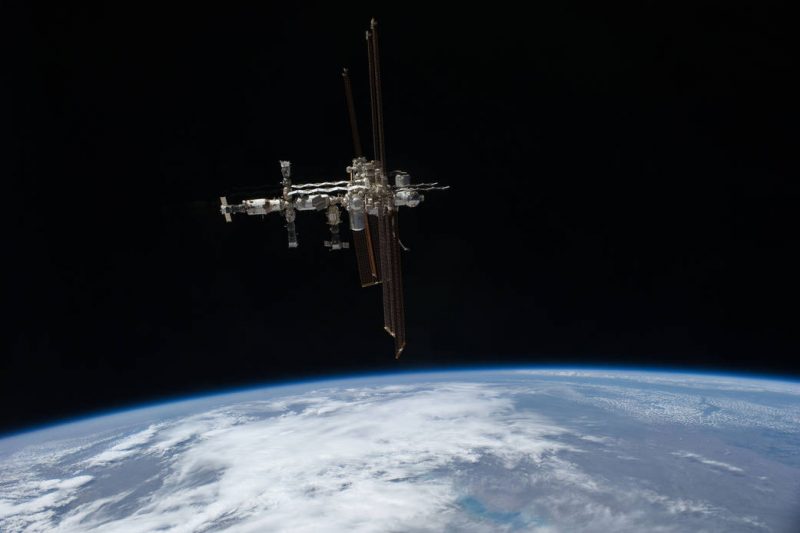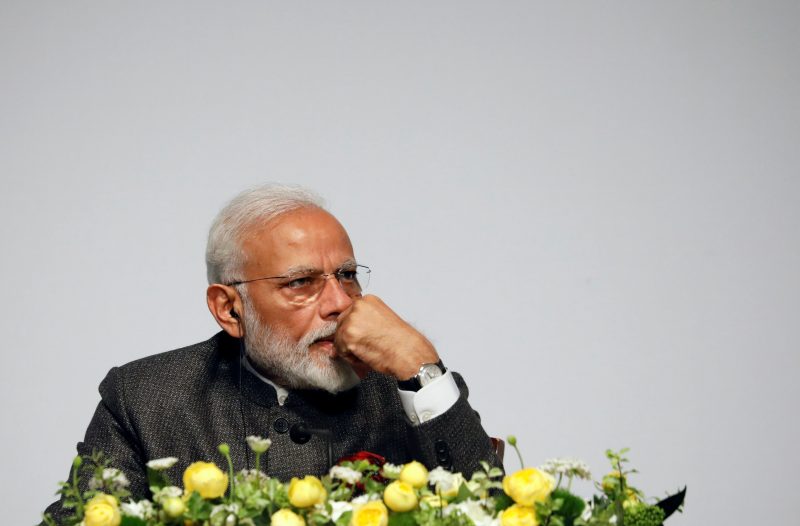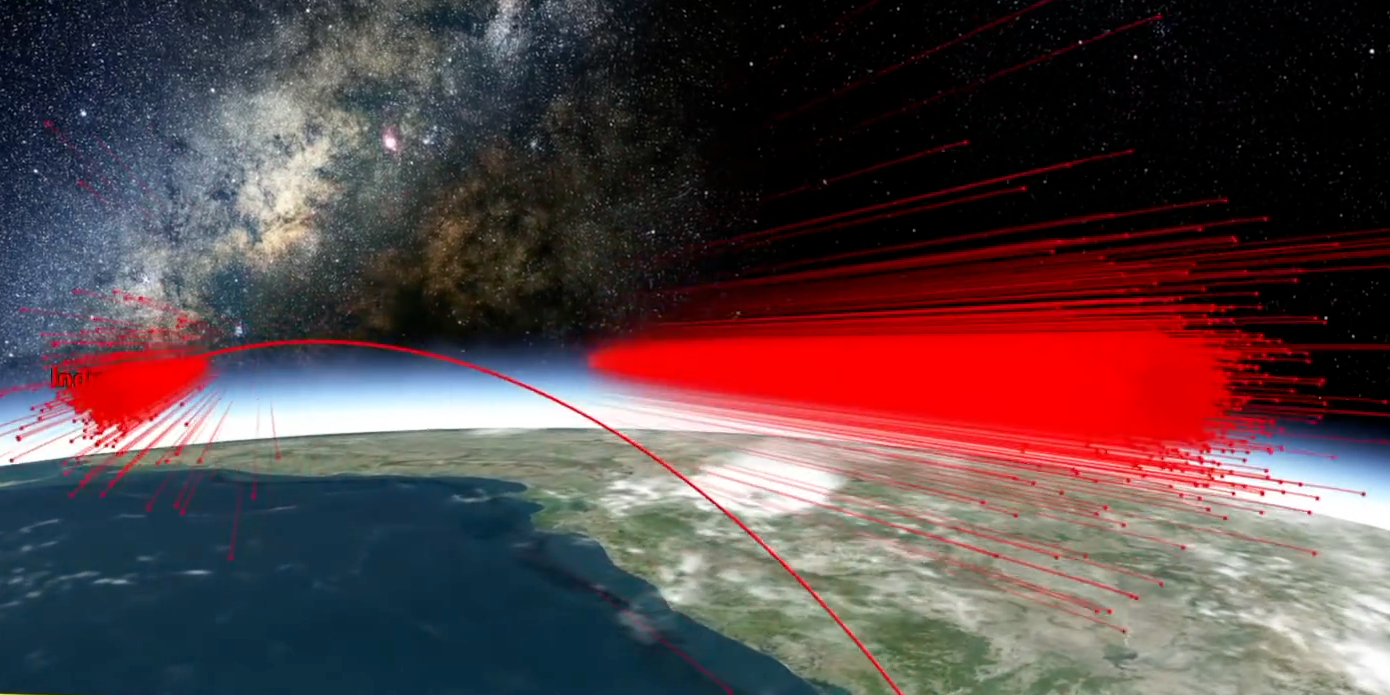- NASA says India has threatened the International Space Station and the astronauts on board by shooting down a satellite with a missile.
- NASA Administrator Jim Bridenstine said the satellite shattered into small pieces of space junk that posed an “unacceptable” threat to astronauts and called it a “terrible, terrible thing.”
- India said that it deliberately chose to destroy a satellite in low orbit with the goal of keeping the debris from harming the station or other satellites and that the debris would fall back to Earth and disintegrate.
- But Bridenstine said pieces were moving above the station and “that kind of activity is not compatible with the future of human spaceflight.”
NASA is calling India’s destruction of a satellite last week a “terrible, terrible thing” and says the space debris created by the explosion should be considered a threat to the International Space Station and the astronauts on board.
India intentionally destroyed one of its satellites with a missile last week, a move Prime Minister Narendra Modi welcomed as one that established India “as a space power.”
But NASA Administrator Jim Bridenstine told employees on Monday that it posed an “unacceptable” threat to astronauts on board the ISS.
Read more: India’s anti-satellite missile test just moved humanity closer to a space-junk nightmare scenario
He said the satellite shattered into pieces, many of them large enough to pose a danger to the space station but not large enough to track. It is unclear how many pieces of debris were created.

"What we are tracking right now, objects big enough to track - we're talking about 10 cm (4 inches) or bigger -about 60 pieces have been tracked," he said.
He said 24 of those pieces were traveling above the ISS, even though the satellite had been orbiting 185 miles above the Earth, lower than the station, which orbits roughly 250 miles above the Earth.
"That is a terrible, terrible thing to create an event that sends debris at an apogee that goes above the International Space Station," Bridenstine added.
"That kind of activity is not compatible with the future of human spaceflight."
He said the risk of the ISS colliding with debris had increased by 44% in 10 days as a result of the Indian missile.

"It's unacceptable and NASA needs to be very clear about what its impact to us is," he said.
Six crew members are living aboard the ISS.
A software-engineering company called Analytical Graphics made a simulation of the debris created by the anti-satellite test, which it posted on YouTube.
"We modeled 6,500 fragments, basically those that were larger than half a centimeter," Tom Johnson, the vice president of engineering for Analytical Graphics, said.
India downplayed the risk of debris after its missile launch, with its top scientists saying last week that the country expected the debris to burn out in Earth's atmosphere in less than 45 days.
Read more: India says space debris from its anti-satellite test will 'vanish in no time'
G. Satheesh Reddy, the chief of India's Defence Research and Development Organisation, said a low-altitude military satellite was targeted with the goal of reducing the risk of debris.
"That's why we did it at lower altitude - it will vanish in no time," he told Reuters. "The debris is moving right now. How much debris, we are trying to work out, but our calculations are it should be dying down within 45 days."
Acting US Defense Secretary Patrick Shanahan warned a day after India's test that the event could create a "mess" in space.

